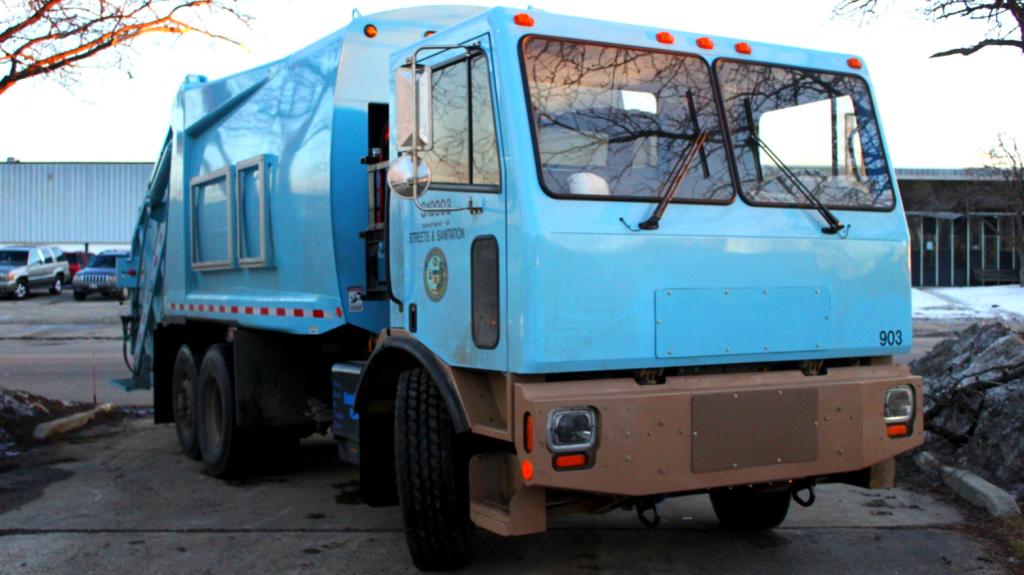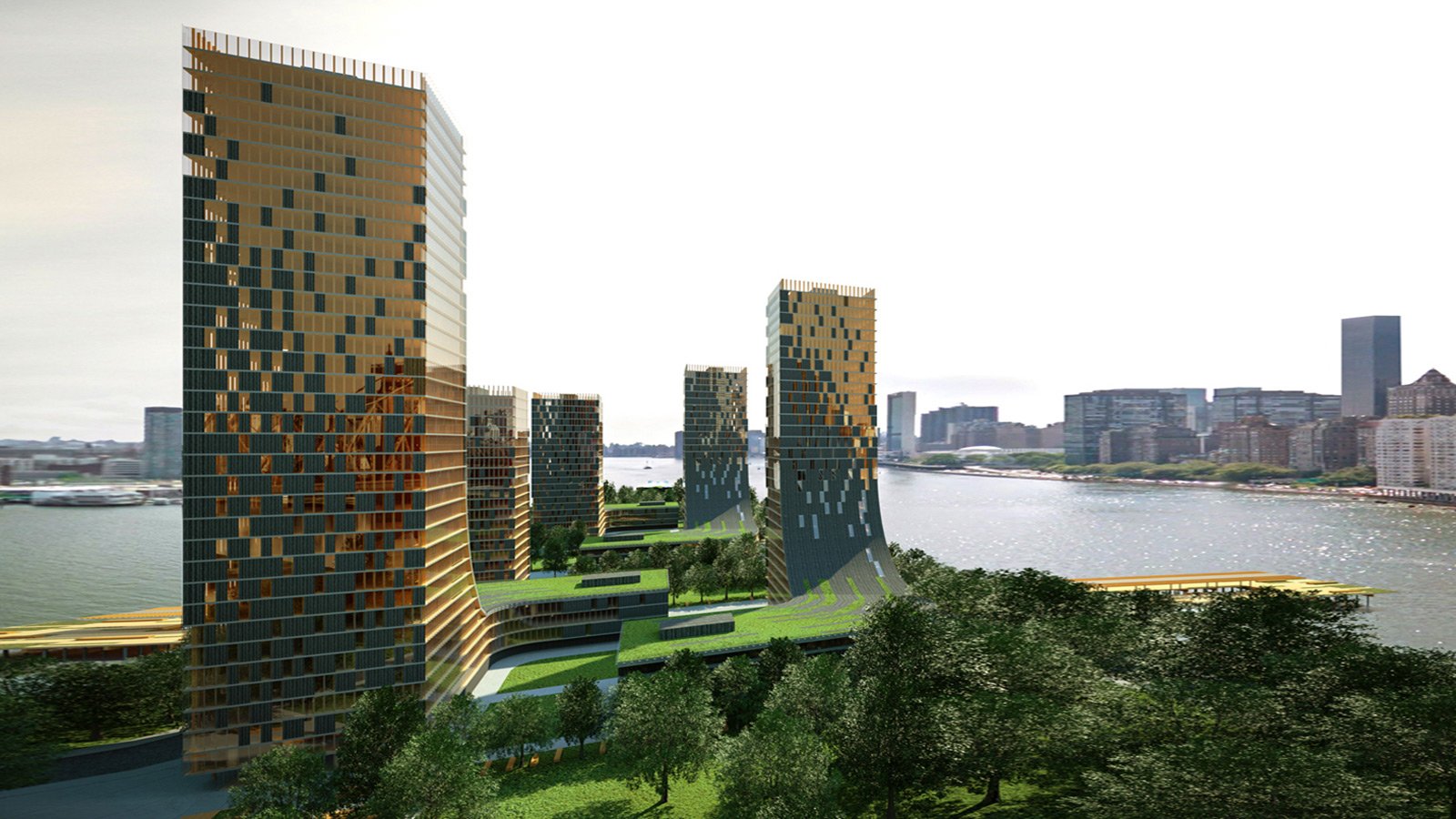If you live in a city, it’s high time to start making room, people. World population is over 7 billion (and counting), and urbanization is escalating fast. Now we’re battling a towering resource-shortage problem — not to mention the dilemma of how to provide safe and environmentally responsible housing for more people.
So … what’s the plan? Anybody?
Michael C. Green, a Vancouver, B.C.-based architect has an idea: wooden skyscrapers. Green has been leading a movement on wood-based, eco-friendly architecture for years, and is now completing the University of Northern British Columbia’s Wood Innovation and Design Center in Prince George. In Vancouver, he’s building a 30-story wood-based structure for his architecture practice, MGA.
The nicknamed “plyscrapers” are gaining popularity all over the world — including cities like Chicago; Bergen, Norway; Dornbirn, Austria; and Christchurch, New Zealand. Green is even getting the U.S. government to jump on board. Earlier this year, the U.S. Department of Agriculture announced that it would invest $2 million to continue wood-innovation efforts. (If you’re wondering what the USDA is doing researching wood, consider that it contains the U.S. Forest Service.)
I know, I know. I hear you: Wooden skyscrapers?! Didn’t we try that a century or so ago? And didn’t it lead to gigantic, deadly fire storms? Oh, and what about tree-killing? How is that environmentally friendly?
Green (fitting, isn’t it?) says we can breathe easy. He explains in his 200-page report from 2012, The Case for Tall Wood Buildings:
Wood is the most significant building material we use today that is grown by the sun. When harvested responsibly, wood is arguably one of the best tools architects and engineers have for reducing greenhouse gas emissions and storing carbon in our buildings.
As far as the fires, Green advocates for the use of cross laminated timber (CLT), which is made from glued-together dried lumber. CLT is largely fire resistant, and is significantly stronger than plain-old wood, making it perfect for large building projects. We can only wonder what kind of toxic glues hold the wood together, but greener alternatives must exist, and just about anything has got to be better than steel’s ugly environmental impact (I mean, we’re talking tons upon tons of noxious gases here. Can’t be too hard to beat) or the monstrous carbon footprint of concrete.
And lest you think we don’t need some new ideas, here’s a snippet from an article about Green in the Guardian:
Buildings are slowly choking the atmosphere. In Britain, where the construction industry accounts for almost 7% of the economy (including 10% of total employment), 47% of greenhouse gas emissions are generated from buildings, while 10% of CO2 emissions come from construction materials. Furthermore, 20% of the materials used on the average building site end up in a skip [dumpster].
In the words of Secretary of Agriculture Tom Vilsak, it looks like “one of the world’s oldest building materials is now also one of its most advanced.” Now let’s hope that Green’s plyscrapers can balance sustainable forestry and a high demand for urban housing. Knock on wood.
Want more info? Here’s Green giving a TED talk:



